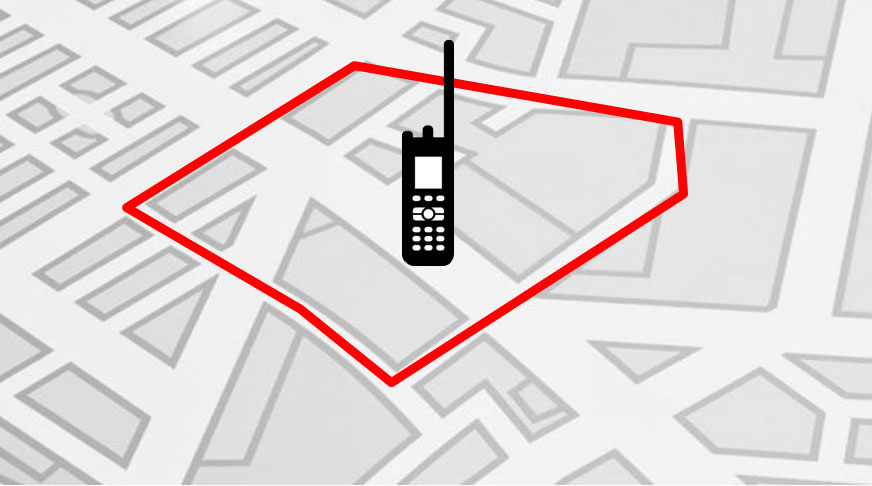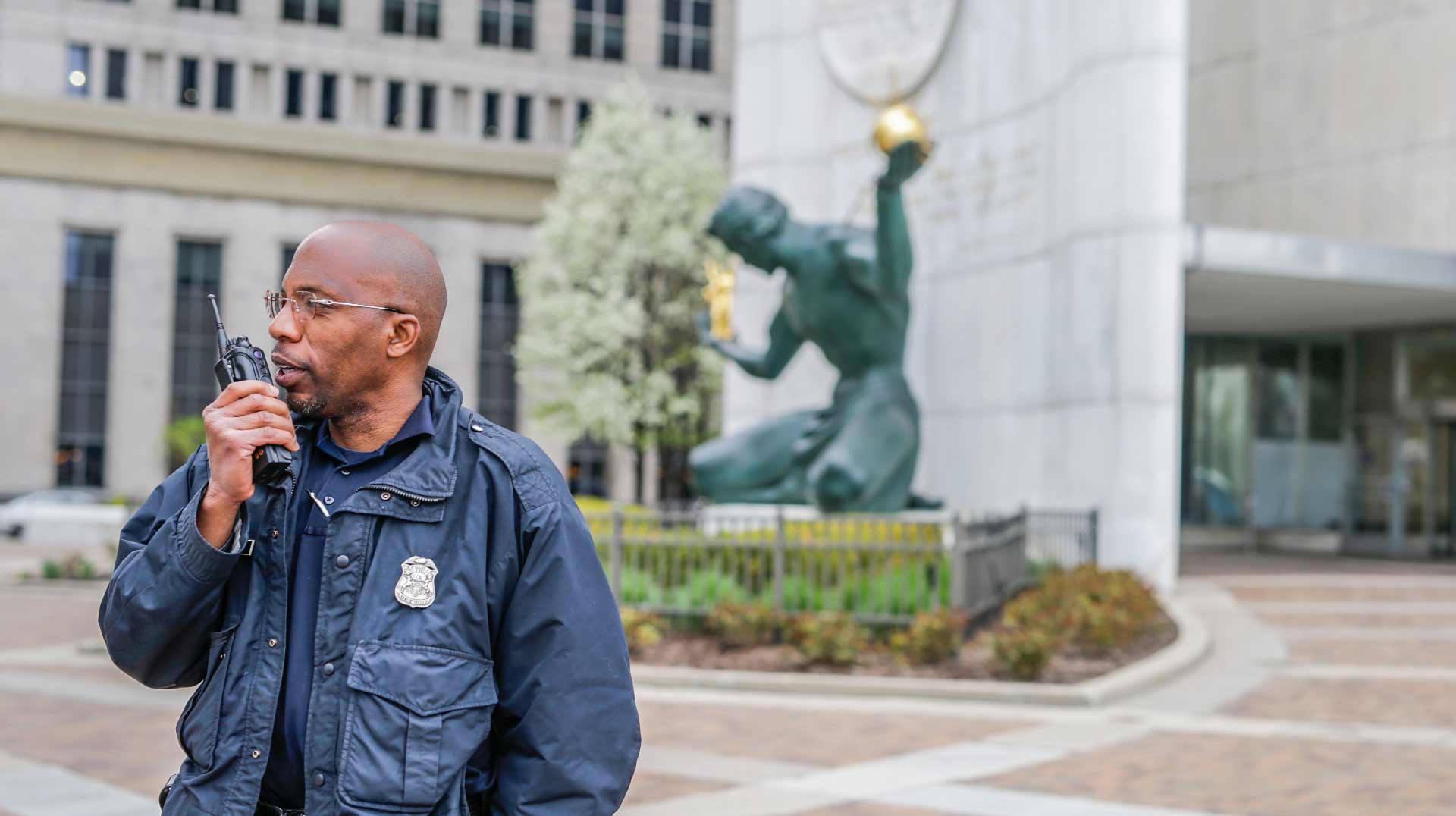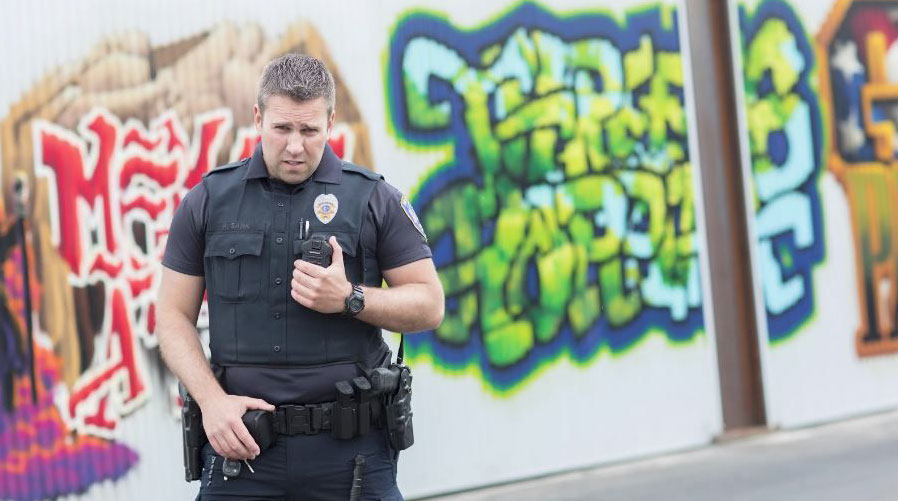Public safety is a crucial part of society, whether in non-emergency situations or during times of crisis. We’ve seen firsthand how vital the role of a Public Information Officer (PIO) is during such times, and how much communities rely on them to ensure smooth operations.
PIOs are responsible for informing the public about evolving situations and their impact on the community. They play a vital role in maintaining safety and preventing panic at both the state and federal levels. Let’s take a closer look at their responsibilities and how they keep our communities safe.
The role of the public information officer
A PIO is a crucial communication bridge between government organizations, the media, and the public. They play a pivotal role in ensuring the smooth flow of accurate information during emergencies and non-emergency situations. This transparency is essential for maintaining public safety and preventing panic. The role of a PIO can be executed by one person or as a team, depending on the emergency and what resources are available.
Responsibilities of a public information officer:
- Disseminating Information: PIOs are responsible for providing clear and concise updates to the public about evolving situations. This includes preparing press releases, distributing information to media outlets, drafting speeches, arranging interviews for government officials, and responding to media inquiries.
- Maintaining Accuracy: Ensuring the information shared is accurate and adheres to official policies and laws is paramount to their role.
- Crisis Communication: During emergencies, PIOs act as the primary point of contact for the media and the public. They communicate incident-related information, coordinate responses with various organizations, and work alongside the Incident Commander to ensure a well-coordinated response.
- Social Media Engagement: In today’s digital age where information travels fast, PIOs can quickly dismantle incorrect information, especially if the account is verified or has a large following. They can redirect public action before, during and after emergencies when two-way communication is not available. 66% of Americans believe emergency responders should be active online, so the public is looking to accounts such as these for correct information.
Why are PIOs important?
PIOs are essential because they act as a lifeline for communities during times of crisis. Their clear and concise communication helps:
- Reduce panic: By providing timely and accurate information, PIOs can help alleviate fears and prevent unnecessary panic within the community.
- Promote informed action: A well-informed public can make better decisions about their safety and well-being. PIOs empower communities to take appropriate actions during emergencies.
- Facilitate effective response: By coordinating communication with emergency responders, PIOs ensure efficient response efforts and the delivery of necessary resources to those in need.
Technology Used by PIOs to Ensure Emergency Preparedness
PIOs have many responsibilities and must be able to communicate efficiently, clearly and accurately. They often face the challenge of quickly reaching a massive amount of people, so PIOs leverage technology to effectively communicate with large audiences.
Mass notification platforms allow PIOs to reach the public swiftly via text messages, phone calls, emails, social media, and digital signage. This ensures timely communication, even during widespread outages.
Mass notification with SMS opt-in is also a great way to get consistent messaging out to specific groups of people. For example, a public information officer could set up a keyword and encourage citizens to opt into messaging surrounding this topic, such as check-in points and helpful resources.
Another helpful tool is a tactical incident collaboration platform. During any kind of event, state and local government agencies can rely on this solution to provide order and clear instruction to a sometimes-hectic situation. With automated alerts, the assignment of critical tasks, event-specific access to resources, and an extensive recording of all responses and actions during an event, PIOs can be a part of the incident collaboration during any kind of incident and understand exactly what is needed of them.
The importance of collaboration in emergency response
Building strong relationships with other emergency personnel and fostering collaborative efforts is crucial for PIOs. This allows them to work together seamlessly and provide a more coordinated and effective response to crises.
Given the dire nature of the situations to which PIOs respond, it is crucial that they continuously improve their emergency responses efforts. To do so, they need access to resources that improve communications.
PIOs want to help their communities and build relationships with their peers and emergency-response teams before critical situations arise. A healthy relationship with these parties allows them to work collaboratively while shaping the federal system to fit their needs and provide better service to their communities.
They need access to communication resources that can quickly get them connected. PIOs have many responsibilities, and relying on technology to help them connect with their communities and other emergency personnel can be a huge help.
The Rave Mobile Safety Suite can bridge the gaps between PIOs, emergency responders, and communities by:
- Driving positive engagement with smart alerts and two-way communication
- Enhance soft target safety by identifying threats, enabling fast action and lessening responses times to achieve an all-clear status
- Optimize emergency response by verifying those in need of help and enlisting the proper resources
- Improving situational awareness for emergency response personnel with on-site data and real-time status updates
- Providing post-event analysis and planning
- Setting a powerful example for other communities by utilizing lifesaving technology to prepare communities for unknown and unpredictable risks
Collaborating across agencies means emergency personnel will be able to leverage data and communication for a more coordinated response.
Conclusion
Public Information Officers are vital for maintaining public safety and building trust between communities and their governing bodies. Their expertise in communication, accuracy and crisis management makes them a crucial part of any successful emergency response team. The use of technology and collaborative efforts further enhance their ability to keep communities informed and safe.




